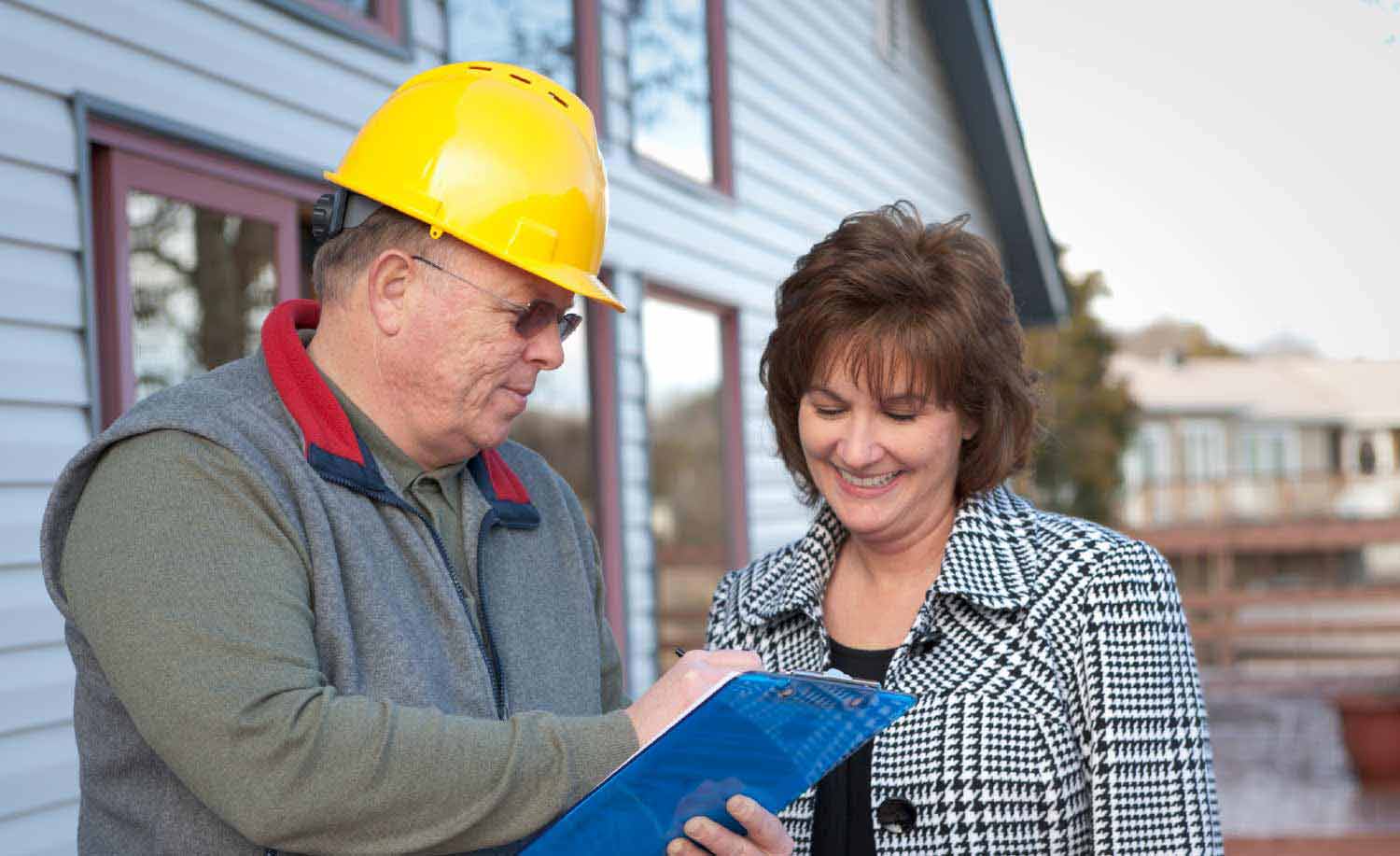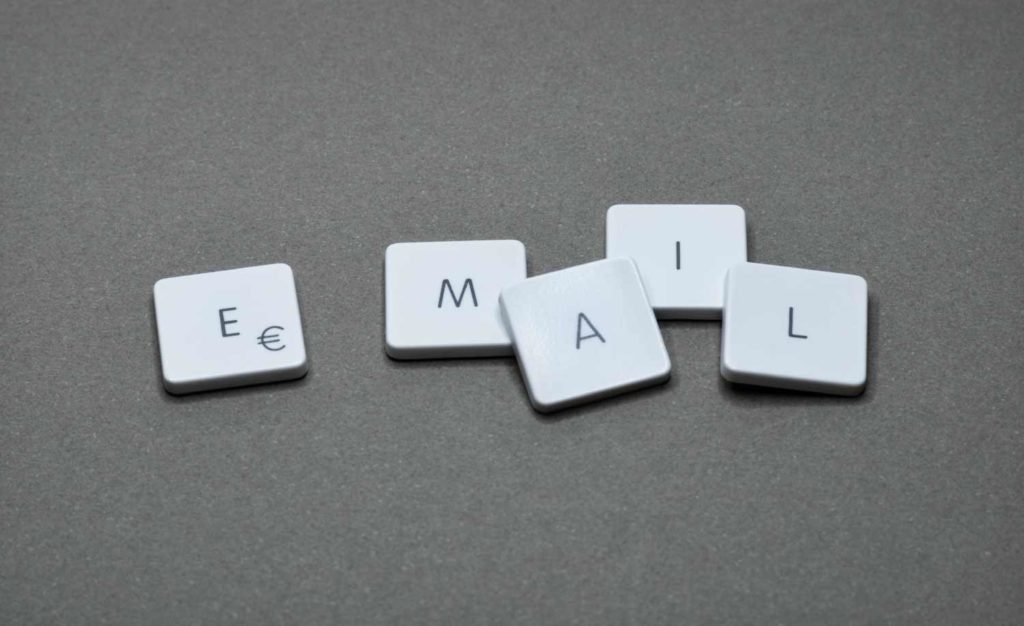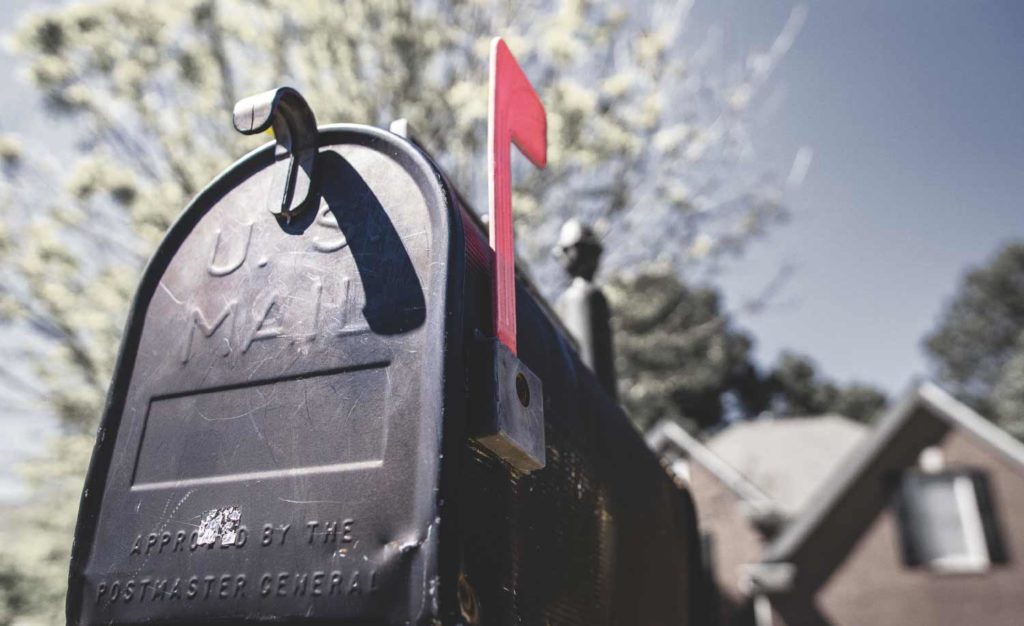

Would it surprise you to think that the HVAC industry might have something to learn from the restaurant industry? While the two industries don’t share much in common, customers are key for both.
Despite this, customer follow-up is not something that is necessarily embedded in the HVAC workflow. In contrast, when you eat out at a restaurant, it’s automatic that the waiter follows up to see how your meal is, or at least it is expected. How might the HVAC business change if they made customer follow-up just as common and frictionless?
Broadly speaking, there are two different times when follow-up may occur in the HVAC industry. One is when you have made some sort of initial contact with the customer but you have not yet done a job for them. The other is when you have completed a job for the customer.
Follow-Ups That Don’t Work
For the first type of follow-up, the customer may have simply asked for some information about your business, or you might have visited their home and given them an estimate. It is common for HVAC professionals to follow up after this. However, for that very reason, it is worth examining whether it is really helpful in driving sales.
The problem with this type of follow-up is that any other contractors the customer contacted are probably doing the same thing, and the follow-up is unlikely to sway the customer one way or the other.
It can feel pushy if the customer gets the follow-up as a phone call, and a common response from many customers is to simply defer the follow-up by saying they have not yet decided.
Overall, this follow-up can feel a little awkward for both customer and professional even though it is fairly standard in the industry.
Add Value to Follow-Ups
A better approach might be to follow up with something that is of value for the customer. In this type of follow-up, you would identify customer concerns during the initial meeting. These might be anything from questions about cost to ease of maintenance, what type of system to use, disruption caused by installation of the system, environmental concerns or questions about the pros and cons of different brands.
Making note of these concerns, you could then ask the customer if they mind if you email them additional information over the next few days. Email can feel less intrusive than phone calls for many people.

You could send two or three emails with information and stress that element of the email. Finally, after several contacts of this nature, you could ask if they have questions and whether they have made a decision on a contractor.
This approach puts you in a position in which you are offering continual value to the customer, in contrast to your competitors.
Following Up After a Job
Having an HVAC system installed is not something people do many times throughout their lives, so you might assume that following up after putting in a system has little value. However, HVAC systems need maintenance and repair, and you want the customer to think of you first when that time comes around.
Companies that do follow up might do so with a short customer satisfaction survey or a request for a review online. The problem with looking at these as follow-ups is that they are not for the benefit of the customer.
There’s nothing wrong with asking customers for this information, but what if you could show your appreciation for the customer in a separate, memorable way?
One HVAC business has partnered with a company to send freshly baked cookies to customers with a note expressing their appreciation. This is the kind of action that has the potential to build a long-term relationship with the customer. Not only is it unusual, but it creates a sense of warmth and giving.
Automating Follow-Ups
One potential issue with these follow-ups is that they can be time-consuming. As much as you appreciate your customers, you are primarily in the HVAC business and not the thank-you business. If you aren’t careful, you could see a good chunk of your time slip away as you try to make that connection with customers. This is even truer when it comes to following up on leads since many people could contact you that you do not hear from again.
The answer might be to look to either software or third-party companies that can do the follow-up for you. The latter was the solution for the HVAC company that had cookies sent out to customers. There are other approaches that could be used for follow-up as well that these companies could help you with.
- An informational postcard or pamphlet could be sent out to prospective customers.
- Handwritten thank-you notes could go out to customers following HVAC installation.
- You could offer coupon or a discount.
For managing workflow, including sending out information to prospects based on their concerns, software may be the right choice. The size of your business and the degree of contact you want with your customers will be relevant in deciding both what third-party companies and what software would be appropriate.
This commitment to effective follow-up will pay off in the long run, leading to more sales and loyal customers.

There is another type of third-party company that could be useful to you, and that is an answering service. Like a good follow-up, a good answering service helps ensure that customers feel cared for.
An answering service staffed with people trained in the industry can be valuable because people may have HVAC emergencies that need immediate attention. In these cases, the answering service can ensure that they get that help. Customers who call after hours for non-emergencies will still have the opportunity to talk to someone who is friendly and knowledgeable instead of simply leaving a message. This can lead to a greater sense of loyalty among customers and a higher likelihood that they will continue choosing your company for all their HVAC needs.
